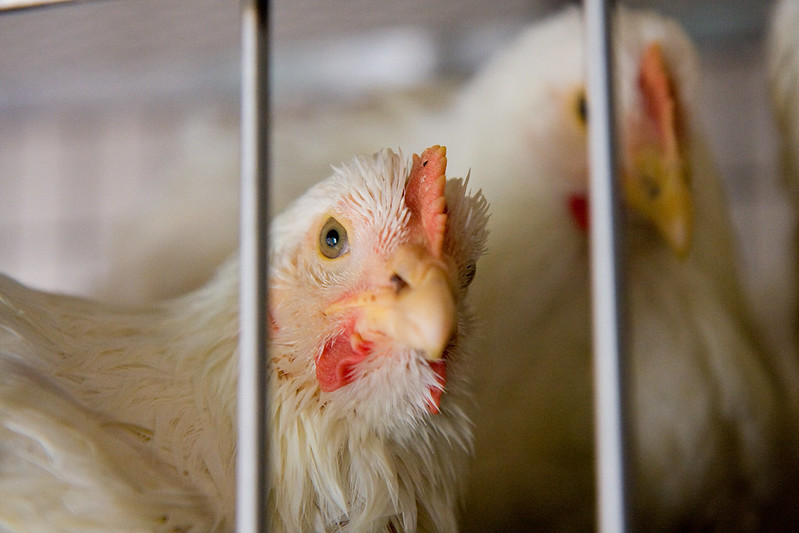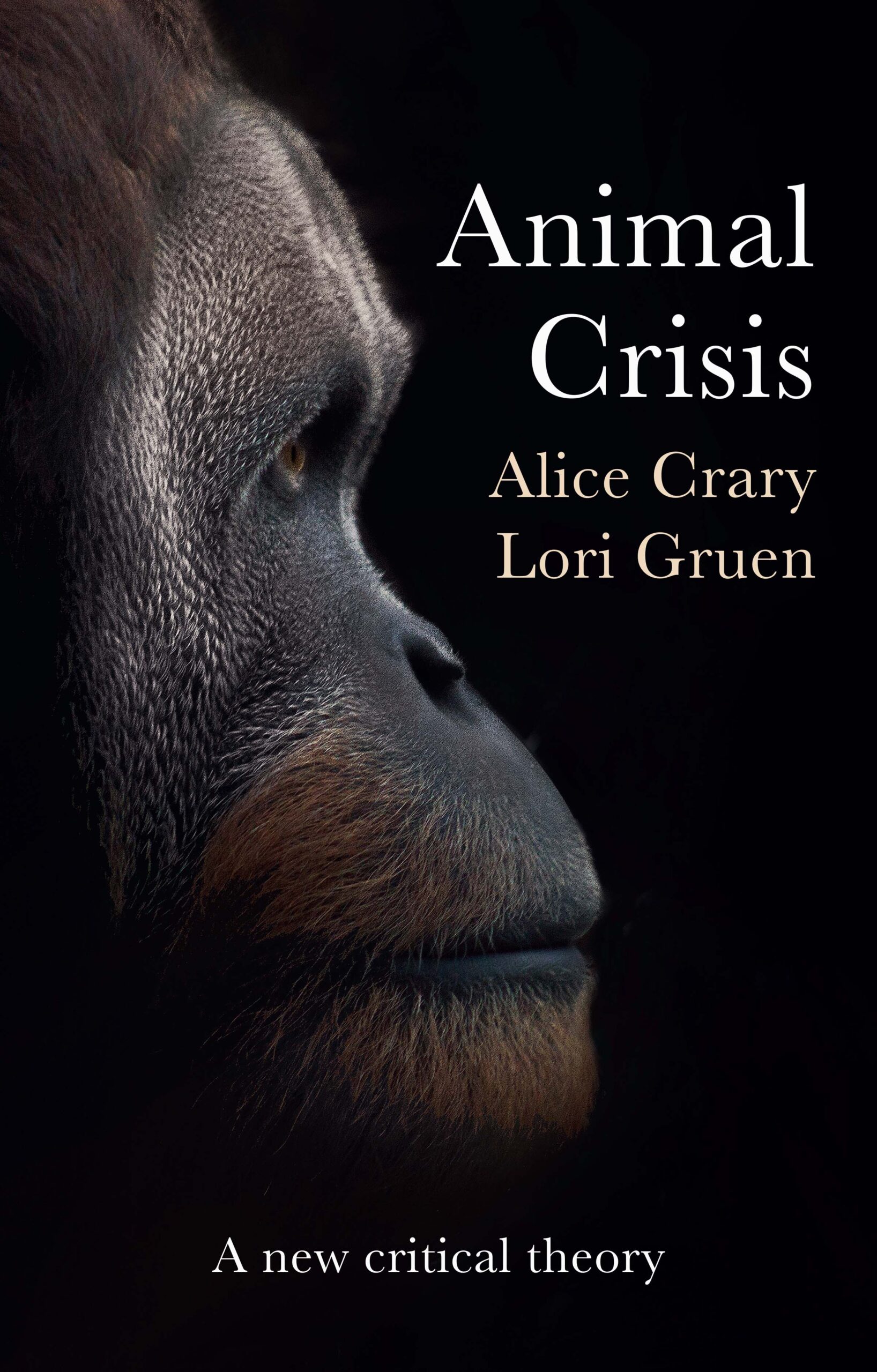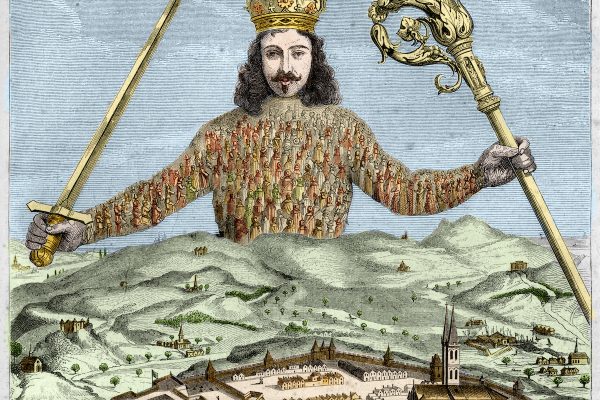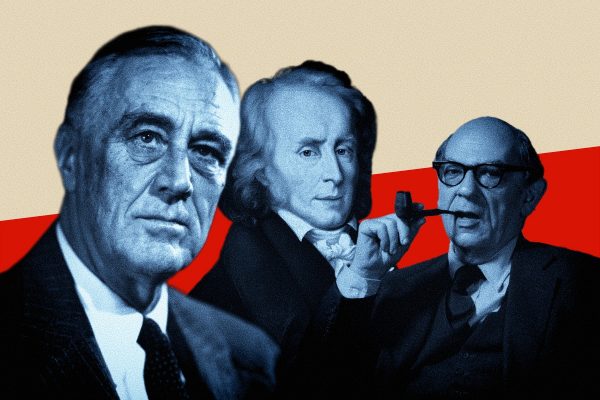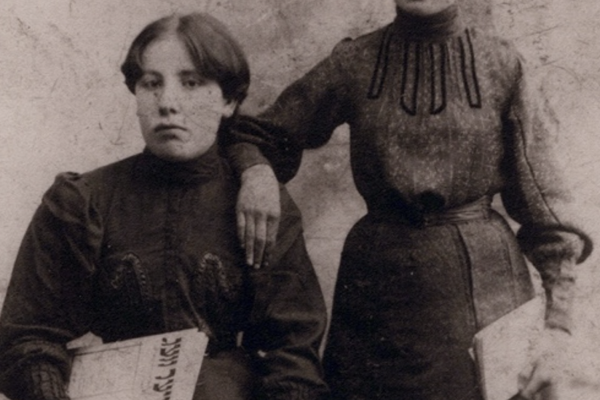Today it is undeniable that the human use and destruction of animals and their habitats, including practices that result in mass animal deaths, have existential implications not only for non-human animals but also for human beings and the entire planet.
Human activities are polluting and destroying animal habitats on land and sea at such a rate that we are confronting what some scientists call a sixth mass extinction. Pollution is heating the seas and leaving them strewn with plastics that degrade ocean ecosystems, while the size and number of fertilizer-laden, run-off–triggered, hypoxic aquatic “dead zones” continue to grow. The wide-ranging destruction of land-based ecosystems is also intensifying. Anthropogenic destruction of animals is enormous, deliberately perpetrated in laboratories, hunting grounds on land, in the sky, and in the oceans, and aqua-farms and land-based industrial farms. Factory farming alone, increasingly global in its reach, accounts for the slaughter, worldwide, of around 200 million land animals every day, and the industrialized harvesting of the sea accounts for the extermination of more than 1 trillion creatures annually. These technologies are some of the largest contributors to greenhouse gas emission, pollution, and the decimation of animal habitats.
For the past fifty years, the discipline of animal ethics has been a key site for addressing this human-caused animal crisis. One strand of animal ethics is preoccupied with suffering—suffering that occurs in slaughterhouses, laboratories, and other sites of animal confinement. Another strand counters this focus on the elimination of suffering by urging that we instead emphasize respect for the rights and dignity of animals. While contributions to these strands of animal ethics have contributed to increased recognition of animals’ plights, they mostly presuppose frameworks that obscure the nature of the problem. Many practices that harm animals are embedded in institutions that also systematically harm socially vulnerable human beings. Analyzing these mutually supporting systems of harms to humans and other animals is imperative so that we are equipped to meaningfully intervene in the injustices animals and human outgroups are facing.
As the spring of 2020 progressed, the grave risks of exposure to COVID-19 for people living closely with others in the confined spaces of nursing homes and prisons, were becoming well known. Given the highly contagious nature of the novel coronavirus, just one positive case often spread to entire indoor populations. In April, concern about such “hotspots” shifted to meatpacking plants where infection rates among workers spiked. Suddenly, places that are usually out of sight, out of mind, were getting more attention than usual.
The term “meatpacking” glosses over the role played by animals in these plants. During the pandemic, news stories often included photographs of huge, generic warehouse-style buildings containing familiar names like Tyson, or less familiar names like JBS, with small cement statues representing living pigs near the entrances to the buildings. Despite increasing scrutiny of these plants, what happens inside them was left obscure. Animals were generally out of the picture even though they are central to the very purpose of these facilities that quickly slaughter pigs, cows, and chickens and cut them into consumable parts.
Reporters described the conditions that were making the plants’ predominantly non-white and immigrant workers vulnerable to disease. Workers stand shoulder to shoulder for eight-hour shifts while animals speed by for slaughter, their bodies continuing on, placed on hooks or conveyor belts, to quickly be chopped into pieces. This makes for a dangerous workplace, and long before the pandemic it was well documented that, within slaughterhouses, the rates of injuries are extremely high and, moreover, that meat companies systematically under-report these harms. The spread of COVID-19 brought new life-threatening dangers, and, partly prompted by the efforts of Black Lives Matter activists, people started paying attention to abuses of non-white workers in settings many had treated as politically unproblematic. Workers were not able to maintain the recommended six feet of physical distance. One commentator observed that “the frenzied pace and grueling physical demands of breaking down so many dead animals can make people breathe hard and have difficulty keeping masks properly positioned on their faces.” Others noted that dangers were created by the fact the machinery is noisy and that, to communicate, workers either have to speak loudly, which can increase the spread of the virus, or get close to one another.
The conditions in meatpacking plants are produced by social forces that can be questioned and changed. During the early months of 2020, the fact that the features of the organization of slaughterhouses that put workers at risk are functions of the drive for greater corporate profits received unwonted scrutiny. When conveyor belts carry animal carcasses through slaughterhouses at higher speeds, they “process” more animals and generate greater profits, while at the same time obliging workers to stand close to each other and work more quickly, putting them at risk of grievous injury. Even as it became clear that the virus was spreading swiftly within meatpacking plants, companies were refusing to close down or even to slow down their lines.
At one Tyson “pork” plant in Waterloo, Iowa, 19,500 pigs are killed and made into pork chops and other products every day—that’s 40 pigs every minute. As the virus spiked, health inspectors found that, though some employees were using bandannas to cover their faces, others wore no facial coverings at all. Even after three of the workers tested positive for the virus, adequate PPE was not provided. Local officials wrote to Tyson expressing serious worries about community spread of the disease, especially for the elderly and vulnerable. One contractor for a different Tyson facility said: “I work around these people every day and could not consciously let them work in an environment where they’ve been exposed by one person, possibly more and not be told.”
Yet the increased attention the pandemic brought to meatpacking plants, and to the plight of workers in them, did not, for the most part, translate into attention to the animals killed and dismembered on “kill floors.” Even when public attention turned to what was being done to animals, the emphasis tended to be on the experience of human beings, with animals themselves off stage.
When working at average capacity at all of their facilities, the Tyson corporation kills 155,000 cows, 461,000 pigs, and 45 million chickens per week. When a pork plant closes, as the Waterloo plant did for two weeks, the farmers have to figure out what to do with the animals who were supposed to be sent to slaughterhouses. The disruption caused by the closing of the slaughterhouses put many producers in positions in which they felt compelled to gas, suffocate, or shoot their animals. The focus of this new reality, though ostensibly about the animals, fell not on the pigs but on the hardship that killing them imposed on pig producers. According to one report, pig farmers in Iowa found it wrenching “to kill the animals themselves, and then get rid of the carcasses,” one farmer expressing fear that “there will be suicides in rural America.”
One way to bring the pigs into view is to reflect on the source of the emotional toll on farmers. It is implausible to think that farmers were overwhelmed by the mere idea of “wasting” the pigs supposed to feed people. It is more reasonable to think that, while they could stomach sending animals off to slaughter, they had managed to abstract themselves from concrete details of slaughter, much as the pork-consuming public doesn’t want to think too much about the animals that become their ham sandwiches. That’s a particularly striking example of how it is possible to get one’s mind around basic aspects of animal slaughter without registering clearly what is being done to animals.
A notable body of social scientific work describes interlocking physical, legal, social, material, and linguistic practices that keep people from registering what is being done to animals all around them. This failure to attend to what is actually happening fosters internally contradictory modes of thought and action. A sizable portion of this corpus is dedicated to describing the web of practices that obscure, in particular, the workings of industrial animal agriculture. At issue are practices, including the economics of food production, that hide the suffering of animals from view.
More than thirty years ago, in The Sexual Politics of Meat: A Feminist-Vegetarian Critical Theory (1990), animal activist and feminist Carol J. Adams identified and described some of these practices, discussing “the absent referent” for the actual animal whose body and experience is rendered invisible. Adams is concerned with how our talk of “meat” in reference to the tissues of slaughtered animals serves to make the actual animals killed in factory farms disappear linguistically, and how selling these tissues in packaging that leaves the original animals unrecognizable amounts to a material erasure of them. Such erasure is only compounded by the fact that industrial slaughterhouses are located in out-of-the-way, nondescript buildings, and so are effectively physically hidden.
Social hierarchies also contribute to disguising what goes on in industrial slaughterhouses. Many of the individuals who are employed on the “kill floors” of these slaughterhouses are members of marginalized racial, immigrant, and economic groups who, while they sometimes call attention to abuses they witness, are poorly positioned to ensure that the problems are taken seriously and addressed. This last observation brings out one sense in which industrial animal agriculture is a site at which human beings as well as animals are wronged. That there are other senses, too, becomes clear when we reflect on the air and water pollution connected to intensive animal farming methods and on how these harms are most often inflicted on poor and non-white communities.
And factory farming is hardly unique in combining the destruction of animal lives with devastating harms to marginalized human groups. The same can be said about the palm oil industry, which depends on large-scale deforestation in places like Borneo and Sumatra (as Max Haiven has recently noted in these pages). According to the New York Times, across Indonesia, three acres of native forests are cut down every minute to make room for palm oil monocrop plantations. Palm oil is in almost everything, from breakfast items to vegan fare, soaps, cosmetics, shampoo, candies, and snack food. In order to grow palm trees that produce the large fruits from which palm oil is extracted, native rainforests are bulldozed and then burned. From 2000 to 2015, 150,000 orangutans on Borneo died as their forest homes were destroyed and they became exposed to humans. And orangutans aren’t the only creatures to suffer from this massive destruction. In 2015, the fires used to clear the forests burned out of control releasing smoke and ash, severely impacting air quality. This led to an estimated 100,000 premature human deaths. The process of cutting down forests, burning what remains, and growing palm trees creates greenhouse gasses, which is ironic given that palm oil is used as a supposedly earth-friendly biofuel. Palm oil production, like factory farming and other industrial uses of animals and their habitats, adversely affects the health, well-being, and livelihoods of human populations while also destroying animals.
One crucial intervention into animal ethics involves incorporating the insights of critical social theories, such as ecofeminism and ecological Marxism. Turning to these powerful theories equips us to cut through the ideologies that obscure the workings of institutions that harm and kill animals and provides us with tools for recognizing that the same systems harming animals are also sites of great wrongs to human beings. These critical social theories urge us to attend to the histories of the institutions that regularly reproduce injustices, and they can also help us to see that, far from being incidental or one-off, the terrible treatment of animals and the oppression of human outgroups are structurally and systematically conjoined. Such interventions also help us understand these intersecting harms as expressions of the logic of capitalist forms of social organization, which are motivated solely by profit. In the process, animals and other parts of the natural world are viewed as free “resources,” as is the human work of care, reproduction, and subsistence.
Drawing on these traditions which are older than, and largely neglected by, animal ethics, we can think anew about ways to combat the harmful systems that are bringing life on planet earth to the brink. Critical social thought helps us imagine revolutionary, transformative actions that appreciate the non-quantifiable value of animals and human-animal relationships. These include things like attending to those harmed or threatened by disasters directly and indirectly caused by oil spills, wars, and extreme weather events; countering the pollution and poisoning of land and water, for example through water-protector actions at Standing Rock; making plant-based foods available in communities with little access to them; and working directly to change political structures that govern human interactions with animals and the environment.
An important component of successful acts of resistance is solidarity among all creatures, animals as well as humans, decimated by life-destroying structures. There is no antecedent guide to such solidarity that could save animal defenders the difficult work of responding to the particular contexts in which overlapping injustices afflict humans and other animals. Inter-species solidarity is an occasion for improvisation informed by awareness of complex injustices and social mechanisms responsible for generating them. Recognizing that structures that harm animals also harms humans helps us forge novel forms of political consciousness that allow us to establish and preserve relationships of respect for human and animal dignity. This is an urgent step to bringing about more just and liberating forms of life.
Editors’ Note: This essay is adapted from the authors’ new book Animal Crisis: A New Critical Theory, published by Polity.
